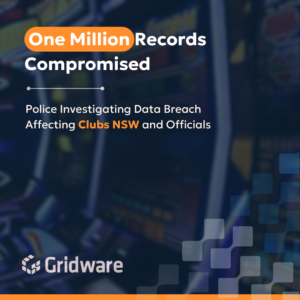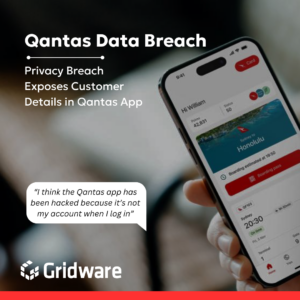By now, most people know what two-factor authentication (2FA) is–the security codes you get sent by your bank when you try to transfer money, or the ones that Facebook sends you when you log in from a new device. A lot of people see it as an annoyance, as an extra step in the way of getting their tasks done, but the reality is that 2FA is a crucial layer in everyone’s security, making it significantly more difficult for hackers to make their way into your accounts.
What Exactly Is 2-Factor Authentication?
2FA is the most common form of multi-factor authentication, which is essentially using more than one element to confirm that a user has access rights. It adds another level of security, so that even if hackers have your password, they cannot make their way into your account without the second factor. Many people have weak passwords that are easy to find out or brute force, so 2FA prevents a lot of breaches.
It’s not a new thing, you’ve probably been using it your whole life. When you go to the ATM to draw out money, your bank card acts as a second physical factor–people can’t withdraw money from an ATM with your PIN number alone
There are three different factors that can be used for authentication–something that you know, something that you have and something that you are. Something that you know is generally a password or a pin number, something that you have is a physical token such as a phone or a USB, while something that you are is generally biometric, such as your fingerprint, face or iris.
Each of these factors have their own separate issues, which means that businesses and individuals must take the time to figure out which one is right for their situation. One of the problems with the knowledge factor is that things can easily be forgotten. On the other side, some users might use a piece of information that is known to a wide group of people, or that they can easily be manipulated into giving away.
The issue with using things that you have is that they can easily be lost, stolen, or the user may forget to bring the token at critical times. When it comes to something that you are, many users have ethical and privacy issues that prevent them from wanting to use biometrics.
How to Implement 2-Factor Authorisation
2FA is far from foolproof, but it still adds another layer that makes breaking into your accounts significantly more difficult. Businesses and individuals should be implementing it wherever possible, particularly with sensitive and valuable accounts.
Hackers often target company email, VPNs and cloud-based services, so it is important for businesses to implement two-factor authentication in these areas. It’s best to steer clear of SMS authentication, because it is vulnerable to sim-swapping and message interception. Authenticator apps such as Google Authenticator or Microsoft Authenticator are a step more secure, although they are still vulnerable to device theft and other issues.
Businesses and individuals with high risk profiles may want to consider using factors such as tokens or biometrics. If your company isn’t sure how multi-factor authentication can help to prevent costly attacks, contact the team at Gridware for their expert guidance.




